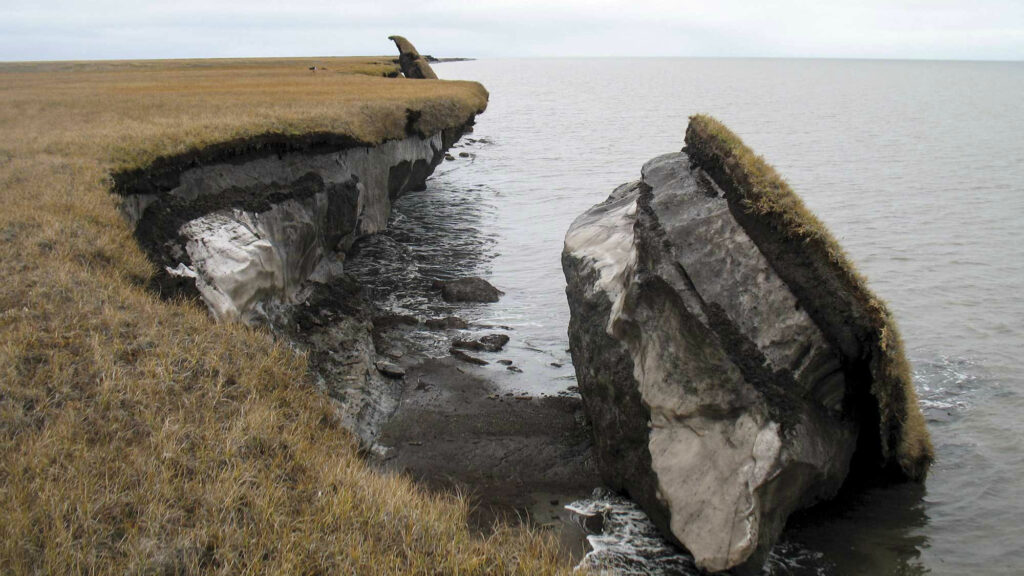
One of the problems with understanding our planet is we don’t always like what we learn. For instance, the Arctic permafrost contains 1,700 billion metric tons of frozen and thawing carbon. And what remains frozen today is likely to start melting in a not-too-distant tomorrow.
Permafrost is defined as any soil that has been frozen for two or more years, with emphasis on the “or more”. In some cases, melting permafrost has revealed amazingly well-preserved mammoths, cave lions, and other now-extinct animals plus frozen seeds, microbes, and more. These frozen samples of the past offer scientists the thrilling possibility of one day resurrecting these species with genetic engineering, and some researchers have already started growing seeds from these samples of the past. Unfortunately, alongside this cool sci-fi future is the possibility of both death and destruction coming from the ice.
A new paper appearing in the journal Nature and led by Kimberly Miner looks at the emissions of melting permafrost and makes some key points we need to know. First off, this permafrost contains viruses, microbes, and other things, including people who were buried with smallpox and the plague. This is worrying. But it isn’t considered the worst we need to worry about.
The permafrost also contains trapped gasses – including greenhouse gases – and chemicals, like the banned pesticide DDT, and just as we are finally seeing animal populations return to healthy-ish levels, we need to worry.
And yet, it somehow still gets worse.
When the permafrost froze, it locked away plant and animal matter that is made of carbon molecules that will begin to decompose when thawed. According to Miner: Current models predict that we’ll see a pulse of carbon released from the permafrost to the atmosphere within the next hundred years, potentially sooner.
According to the NASA release on this work: ...changes in the Arctic and Antarctic will cascade to lower latitudes. Earth’s polar regions help stabilize the planet’s climate. They help drive the transfer of heat from the equator toward higher latitudes, resulting in atmospheric circulation that powers the jet stream and other currents. A warmer, permafrost-free Arctic could have untold consequences for Earth’s weather and climate.
And this is what we have to worry about. Ice is nice folks. We want ice.
More Information
NASA JPL press release
“Permafrost carbon emissions in a changing Arctic,” Kimberley R. Miner et al., 2022 January 11, Nature Reviews Earth & Environment




 Join the Crew!
Join the Crew!
 Escape Velocity Space News
Escape Velocity Space News
0 Comments